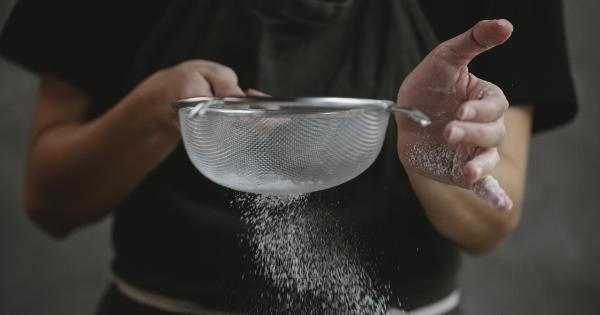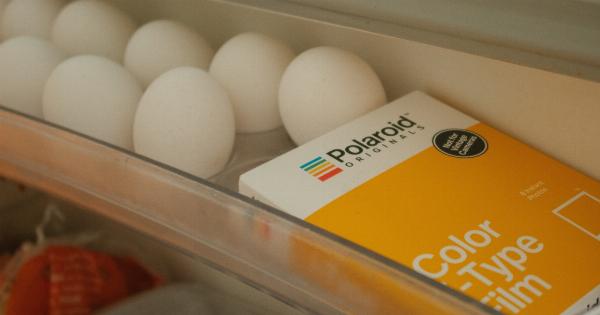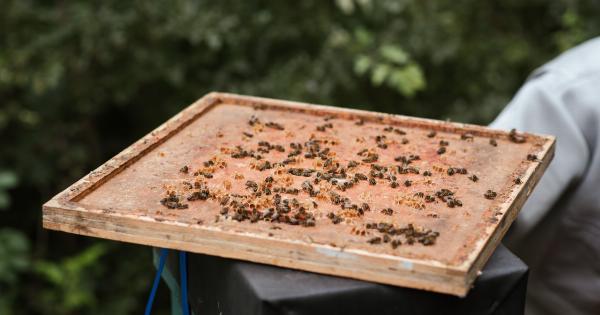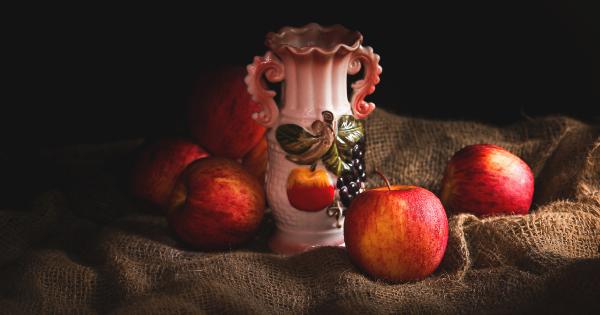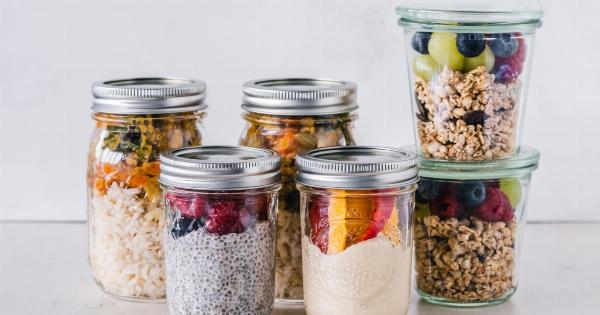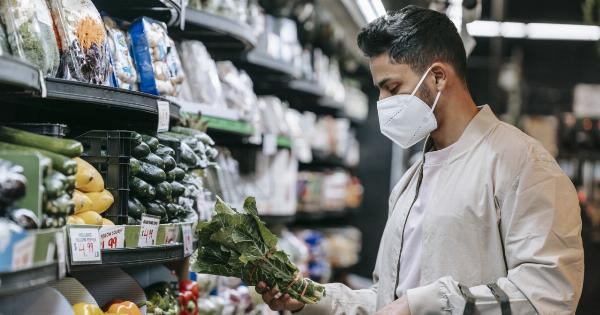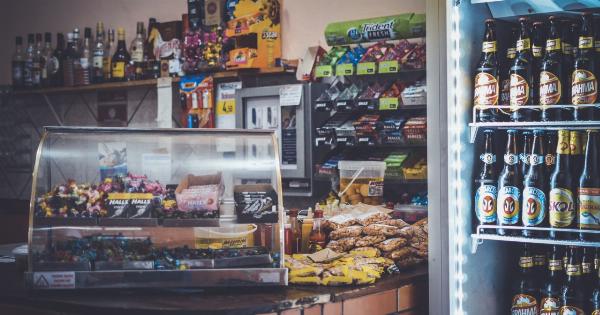Proper food storage is essential for preserving the quality and safety of your food items. However, many people unknowingly make common food storage mistakes that can lead to spoilage, waste, and potentially harmful contamination.
In this article, we will discuss ten food storage mistakes to avoid in order to maximize the shelf life and freshness of your groceries.
Mistake 1: Storing food at room temperature
Leaving perishable foods, such as dairy products, meat, and cooked leftovers, at room temperature for extended periods can promote bacterial growth and the risk of foodborne illnesses.
It is crucial to store these items in the refrigerator at or below 40°F (4°C) to slow down bacterial growth and preserve their quality.
Mistake 2: Poorly organizing your refrigerator
A disorganized refrigerator can lead to food wastage as items get hidden or forgotten. Keep your refrigerator tidy by designating specific zones for different types of food, such as fruits, vegetables, meats, and dairy products.
Additionally, regularly check for expired items and dispose of them promptly to prevent potential contamination.
Mistake 3: Not utilizing airtight containers
Food exposed to air can lead to accelerated spoilage and flavor loss. Invest in airtight containers to store dry goods like cereal, flour, and nuts.
These containers will help keep your food fresh for a longer time by preventing moisture and air from reaching the contents.
Mistake 4: Improperly packaging in the freezer
When storing food in the freezer, improper packaging can lead to freezer burn and loss of flavor. Always use freezer-safe containers or heavy-duty freezer bags to keep the air out and prevent crystals from forming.
It is also crucial to label and date your frozen items to ensure their freshness and avoid confusion later on.
Mistake 5: Storing onions and potatoes together
Onions and potatoes release gases that can cause each other to spoil faster when stored together. It is best to store these vegetables separately in cool, dry, and well-ventilated areas.
You can also keep them in breathable bags to extend their shelf life.
Mistake 6: Placing hot food directly in the refrigerator
Putting hot food directly in the refrigerator can raise its internal temperature and increase the risk of bacterial growth. Allow hot food to cool down on the counter for at least 30 minutes before transferring it to the refrigerator.
Alternatively, you can divide large portions into smaller containers to speed up the cooling process.
Mistake 7: Ignoring expiration dates
Expiration dates provide valuable information about the freshness and potential safety risks of food items. Consuming products past their expiration dates can put you at risk of food poisoning.
Always check the expiration dates before consuming or storing food items and discard anything that has passed its date.
Mistake 8: Not rotating your pantry stock
When replenishing your pantry, always practice the “first in, first out” rule. Put newer items at the back and move older items to the front to ensure they are used before their expiration dates.
This way, you minimize the chances of forgetting about items hidden at the back of your pantry, which may eventually go bad.
Mistake 9: Improperly storing spices
Exposing spices to heat, light, and moisture can lead to flavor degradation. It is best to store spices in airtight containers, away from direct sunlight and heat sources like stovetops.
Keeping them in a cool and dark cabinet will help maintain their flavors and potency for longer.
Mistake 10: Failing to clean storage containers and surfaces
Regularly cleaning your food storage containers, refrigerator shelves, and pantry surfaces is crucial for preventing cross-contamination and the buildup of bacteria.
Use warm, soapy water to thoroughly clean these areas and ensure they are free from any remnants of expired or spoiled foods.
Conclusion
Avoiding these ten food storage mistakes can greatly help in maintaining the freshness, quality, and safety of your food items.
By storing your food properly and following best practices, you can minimize waste, save money, and reduce the risk of foodborne illnesses. Paying attention to proper food storage techniques is an essential element of maintaining a healthy and well-organized kitchen.

